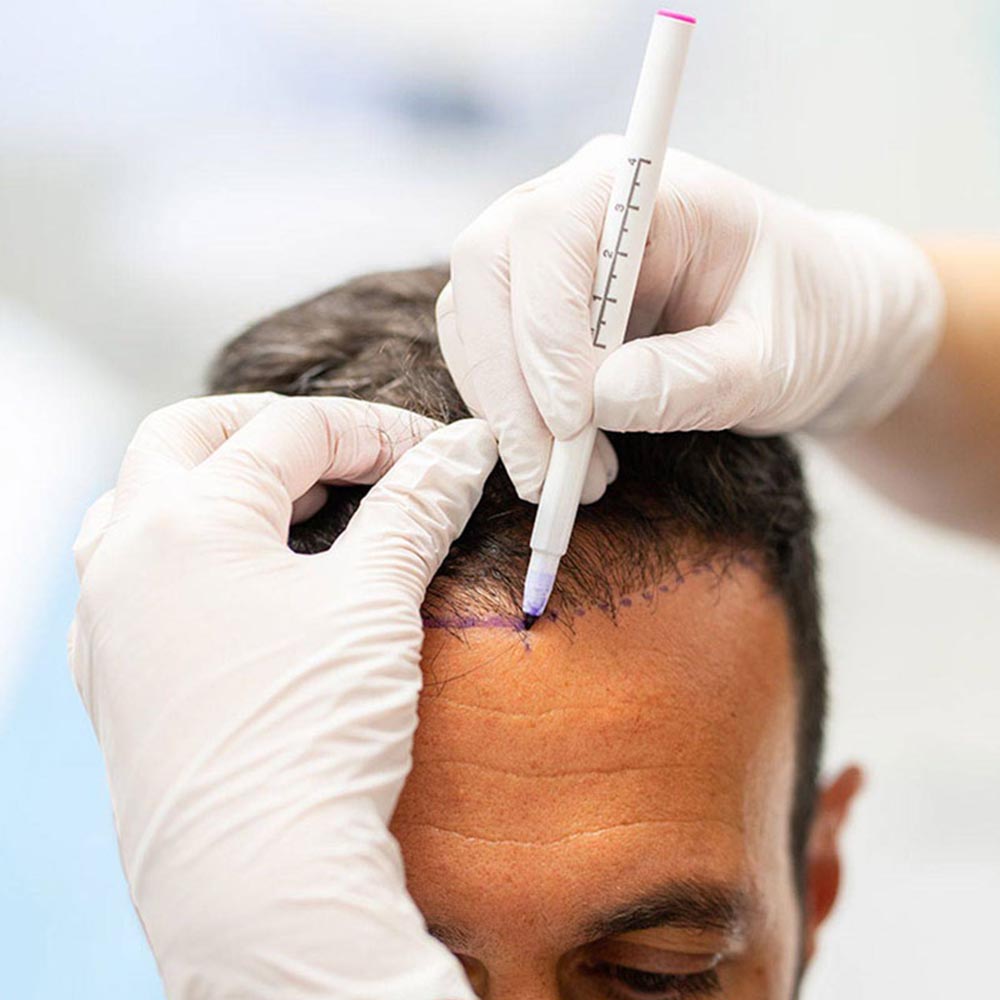Hair Transplant
in TurkeyMedical 11
The accomplishment of your goals is something that
we consider as a shared achievement.
What is Hair Transplant?
Hair transplant surgery is a method utilized for the treatment of hair loss that involves taking skin with hair follicles from one part of the scalp and grafting it onto areas of the scalp with bald or thinning hair or areas affected by trauma. There are various techniques available for this procedure, but they all involve the same principle.
Androgenetic alopecia or male pattern baldness, scalp inflammation, or injury are common causes of hair loss. Hair transplantation can conceal permanent hair loss resulting from burns, scalds, surgery, or car accidents.
Why Choose TurkeyIstanbul For Hair Transplant?
When it comes to seeking hair transplant procedures, Turkey has unequivocally established itself as one of the premier destinations in the industry. With its advanced techniques, experienced surgeons, state-of-the-art facilities, and affordable prices, Turkey has become a top choice for thousands of individuals seeking to restore their hair. The country’s reputation as a global leader in the field of hair transplantation is well-deserved, as it offers unparalleled expertise and results that speak for themselves.
Hair Transplants: What to ExpectResults
Post-surgery, it is common for the scalp to be tender and may require pain medications for several days. Bandages may be worn over the scalp for at least a day or two, as recommended by the surgeon. Additionally, antibiotics or anti-inflammatory drugs may be prescribed for a few days to aid in the healing process. Typically, individuals are able to resume work within 2 to 5 days after the procedure.
Around 2 to 3 weeks after the surgery, the transplanted hair may fall out, but new growth should start to become visible within a few months. It is typical for most people to observe about 60% of new hair growth after 6 to 9 months. Some surgeons may also prescribe minoxidil (Rogaine), a hair-growing drug, to potentially enhance hair growth after transplantation, although its effectiveness is not definitively established.
Hair Transplant TechniquesMethods In Turkey
Hair loss at a young age is a common issue faced by men and women worldwide, leading to the development of various techniques to restore hair growth. Among these methods, Turkish hair transplant has gained popularity as an effective solution. The Turkish hair transplant method is primarily based on follicular unit extraction (FUE), and Turkey is known as one of the pioneers in this field.
The FUE technique used in Turkish hair transplant is considered advanced and requires a skilled surgeon to achieve desired results. The procedure involves extracting hair follicles from the donor site and transplanting them to the recipient site. This minimally invasive and safe hair loss treatment is known for minimal scarring and shorter recovery times compared to other options. Skilled surgeons from top hair transplant clinics in Turkey typically perform the procedure under local anesthesia, numbing only the donor and recipient areas.




